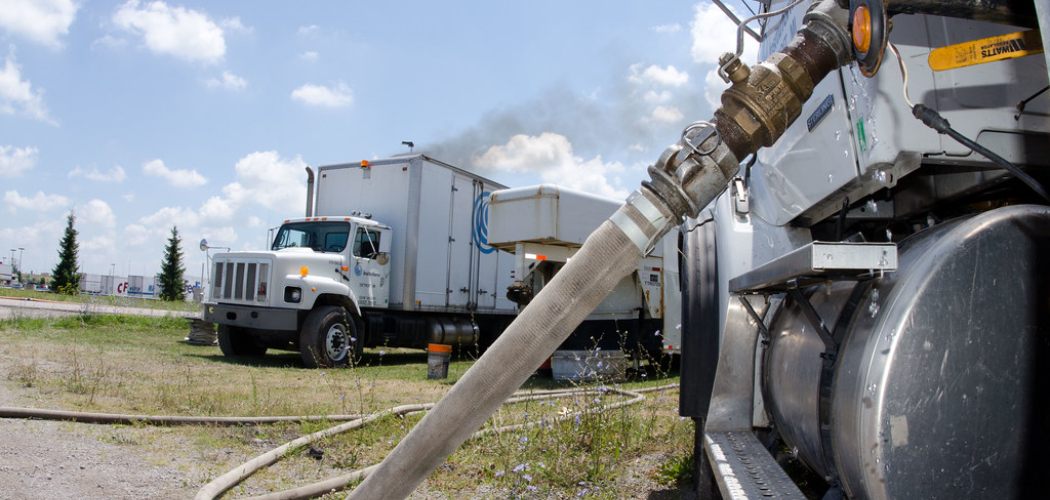Trenchless pipe repair is a modern method used for fixing underground pipelines without the need for extensive digging. This innovative technique has gained popularity in recent years due to its numerous advantages over traditional pipe repair methods.
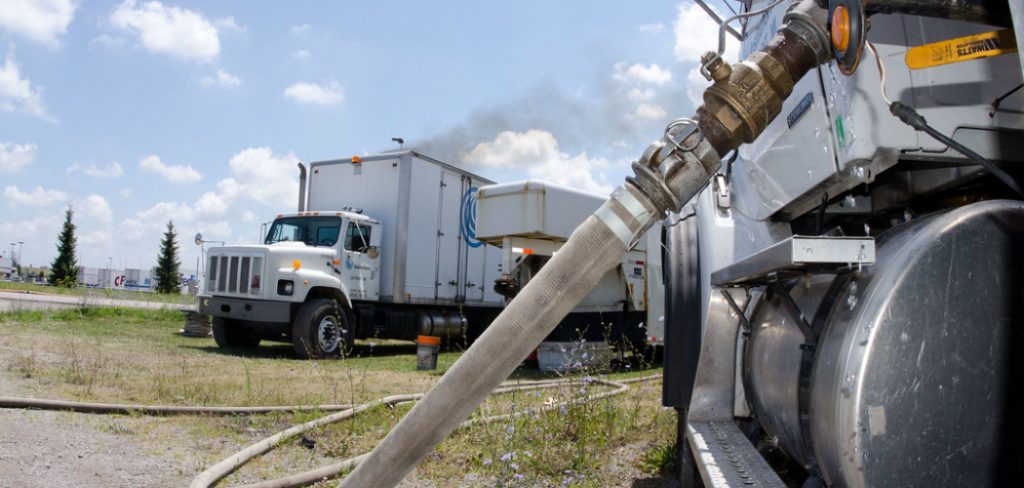
The main advantage of trenchless pipe repair is its non-invasive nature. In traditional pipe repair methods, large trenches need to be dug in order to access the damaged pipeline. This not only causes disruption and inconvenience but also increases the overall cost of repair due to the labor and equipment involved. In this blog post, You will learn in detail how does trenchless pipe repair work.
Step by Step Processes for How Does Trenchless Pipe Repair Work
Step 1: Inspect the Damaged Pipe
The first step in trenchless pipe repair is to identify and inspect the damaged pipe. This can be done through video inspection technology, which allows for a thorough examination of the inside of the pipe.
Step 2: Clean and Clear Blockages
Before any repairs can be made, it is important to clear any blockages from the damaged pipe. This can be done through high-pressure water jetting or mechanical cleaning methods. Once the pipe is clear of any debris or blockages, it must be prepared for repair. This involves drying the interior of the pipe and ensuring a smooth surface for the repair materials to adhere to.
Step 3: Choose an appropriate Repair Method
There are several types of trenchless pipe repair methods available, including cured-in-place pipe (CIPP) lining, pipe bursting, and slip lining. The appropriate method will depend on the extent of damage and the type of pipe.
Once the repair method has been chosen, specialized equipment is used to insert the repair materials into the damaged pipe. This can be done through access points or small excavation sites.
Step 4: Cure the Repair Materials
For CIPP lining, the repair materials are cured in place using hot water or steam. For other methods, a resin is used to harden the materials and create a strong bond with the existing pipe. After the repair materials have been cured, a final inspection is conducted to ensure that the repair was successful. This may involve another video inspection or pressure testing.
Step 5: Backfill and Restore the Area
Once the repaired pipe has been tested and approved, any excavated areas are backfilled and restored to their original condition. This minimizes disruption to surrounding structures and landscapes. Regular monitoring and maintenance of the repaired pipe is important to ensure its longevity. This may include periodic inspections and cleaning to prevent future blockages or damage.
Step 6: Educate on Prevention Methods
One of the most important steps in trenchless pipe repair is educating homeowners and business owners on methods for preventing future damage, such as proper disposal of materials and regular maintenance.
By taking preventative measures, the need for costly repairs can be minimized. Additionally, educating on the benefits of trenchless pipe repair, such as reduced disruption and cost compared to traditional methods, can help promote its usage in the industry.
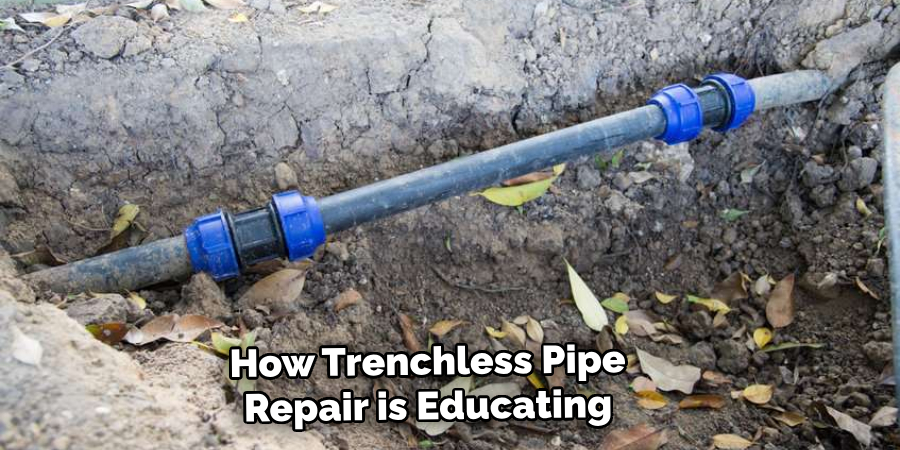
Safety Tips for How Does Trenchless Pipe Repair Work
- Make sure that the trenchless pipe repair method is approved and recognized by your local plumbing authority. This will ensure that proper safety standards are followed during the process.
- Always hire a professional and experienced plumber or plumbing company to carry out trenchless pipe repair work. They have the necessary knowledge, skills, and equipment to safely complete the job.
- Before starting any work, make sure to turn off the main water supply to avoid any accidents or water damage.
- Wear appropriate protective gear such as gloves, safety glasses, and a mask while working with chemicals and other materials used in trenchless pipe repair.
- Communicate clearly with your plumber about any potential hazards or risks that may be present on your property. This will help them take necessary precautions and prevent any accidents.
- If you are doing trenchless pipe repair work on your own, make sure to thoroughly read and understand the instructions provided by the manufacturer of the materials and equipment being used.
- Regularly inspect and maintain all tools and equipment used in trenchless pipe repair to ensure they are functioning properly and safely.
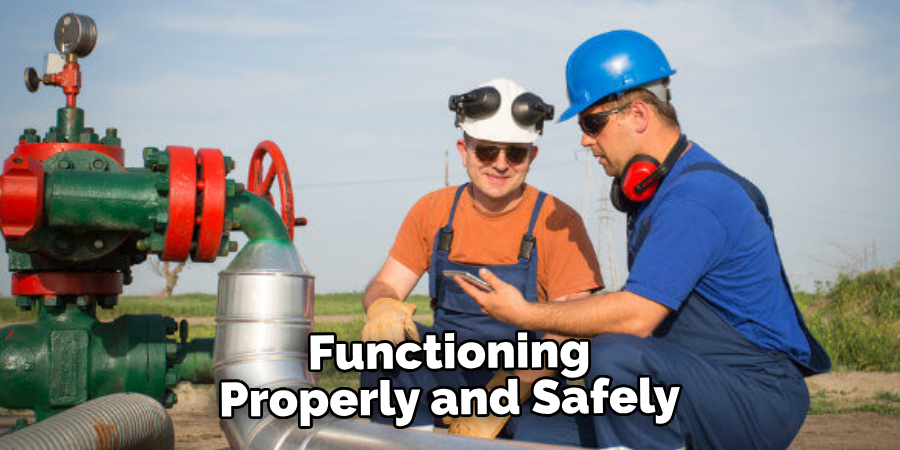
What Are the Benefits of Using Trenchless Pipe Repair?
There are numerous benefits to using trenchless pipe repair methods, including:
1. Cost Savings
Trenchless pipe repair techniques can save you a significant amount of money compared to traditional excavation methods. With trenchless repairs, there is no need for costly excavation equipment and labor, which can greatly reduce the overall cost of the project.
2. Time Efficiency
Trenchless repairs are typically completed much faster than traditional methods. With no need for extensive digging and excavation, the repair process can be completed in a fraction of the time, minimizing disruption to your daily routine.
3. Less Disruption
Trenchless pipe repair methods require minimal excavation, which means less disruption to your property and surrounding areas. This is particularly beneficial for commercial properties or areas with high foot traffic, as the repair process can be completed without causing major disruptions to daily operations.
4. Environmentally Friendly
Traditional excavation methods can have a significant impact on the environment, from disrupting natural habitats to releasing harmful emissions into the air. Trenchless pipe repair techniques are much more environmentally friendly as they minimize excavation and reduce the use of heavy machinery.
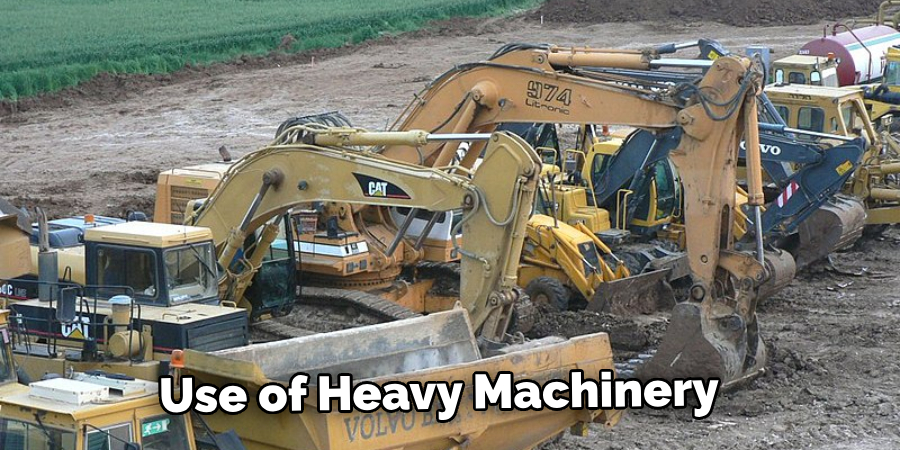
5. Long-Term Solution
Trenchless pipe repair methods offer a long-term solution for damaged pipes. With durable materials and advanced technology, these repairs can last for decades, providing a cost-effective and reliable solution for your plumbing needs.
6. Versatility
Trenchless pipe repair techniques can be used on various types of pipes, including clay, cast iron, PVC, and more. This versatility allows for a wide range of applications, making it an ideal choice for both residential and commercial properties.
7. Improved Pipe Functionality
Not only do trenchless pipe repair methods fix issues with damaged pipes, but they can also improve the overall functionality of your plumbing system. By replacing old or faulty pipes with new, more efficient ones, you can see improved water flow and reduced clogging.
8. Increased Property Value
Investing in trenchless pipe repair can increase the value of your property. By improving the functionality and longevity of your plumbing system, you are also increasing the value of your property as a whole.
By using trenchless pipe repair methods, you can enjoy all these benefits and more while avoiding the headaches and costs associated with traditional excavation methods. So, if you’re facing a plumbing issue, consider the many advantages of trenchless pipe repair and make it your go-to solution for all your future plumbing needs.
Are There Any Special Maintenance Requirements for Pipes Repaired Using Trenchless Methods?
Pipes that have been repaired using trenchless methods typically require less maintenance compared to traditional pipe repair methods. This is because trenchless repairs involve minimal excavation, which means there is less disturbance to the surrounding environment and infrastructure.
However, it is still important to regularly inspect and maintain these pipes to ensure their longevity and functionality. Here are some special maintenance requirements for pipes repaired using trenchless methods:
1. Regular Inspection
Just like any other pipeline, pipes repaired using trenchless methods should be regularly inspected to identify any potential issues such as leaks or blockages. This can be done through visual inspections using CCTV cameras or other specialized equipment.
2. Preventative Cleaning
To prevent build-up of debris and sediment in the pipes, regular cleaning is necessary. This can be done through hydro jetting, which involves using high-pressure water to blast away any debris and buildup inside the pipes.
3. Monitoring for Root Intrusion
One of the common issues with underground pipes is root intrusion, where tree roots grow into the pipes and cause damage. Trenchless pipe repairs usually involve installing a seamless liner inside the existing pipe, which reduces the chances of root intrusion. However, it is still important to monitor the area around the pipes and remove any tree roots that may be causing problems.
4. Proper Usage
To ensure the longevity of repaired pipes, it is important to use them correctly and avoid putting unnecessary stress on them. This includes being mindful of what is being flushed down the drains and avoiding heavy machinery or vehicles from driving over the pipes.
5. Regular Maintenance
In addition to regular inspections, it is also important to schedule routine maintenance for pipes repaired using trenchless methods. This may include cleaning, repairs or replacements as needed. By staying on top of maintenance, any potential issues can be addressed before they become major problems.
Overall, while pipes repaired using trenchless methods may require less maintenance compared to traditional methods, it is still important to regularly monitor and maintain them for optimal functionality. By following these special maintenance requirements, you can ensure the longevity of your repaired pipes and minimize the need for future repairs.
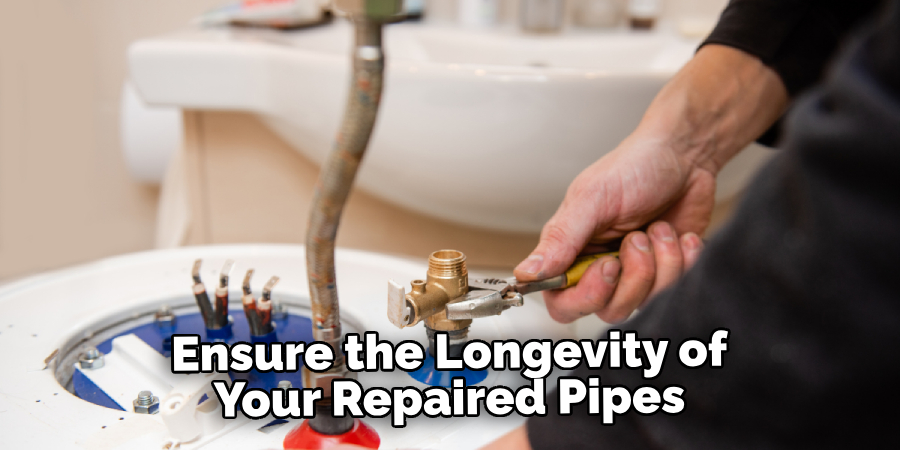
Conclusion
In conclusion, trenchless pipe repair has revolutionized the way underground utility pipes are fixed. With its advanced technology and equipment, it offers a cost-effective and time-efficient solution for repairing damaged pipes without causing any disruption to the surrounding environment.
The process of trenchless pipe repair involves several methods such as cured-in-place piping (CIPP), lateral lining, pipe bursting, and slip lining. Each method has its own advantages and is used depending on the type and severity of the damage.
One of the biggest benefits of trenchless pipe repair is that it eliminates the need for extensive digging and excavation work. This not only reduces labor costs but also minimizes the risk of damaging other underground utilities or structures.
Additionally, trenchless pipe repair is a more environmentally friendly option as it does not require the use of heavy machinery or chemicals. This helps to reduce carbon emissions and preserve the natural landscape. I hope this article has been beneficial for learning how does trenchless pipe repair work. Make Sure the precautionary measures are followed chronologically.

